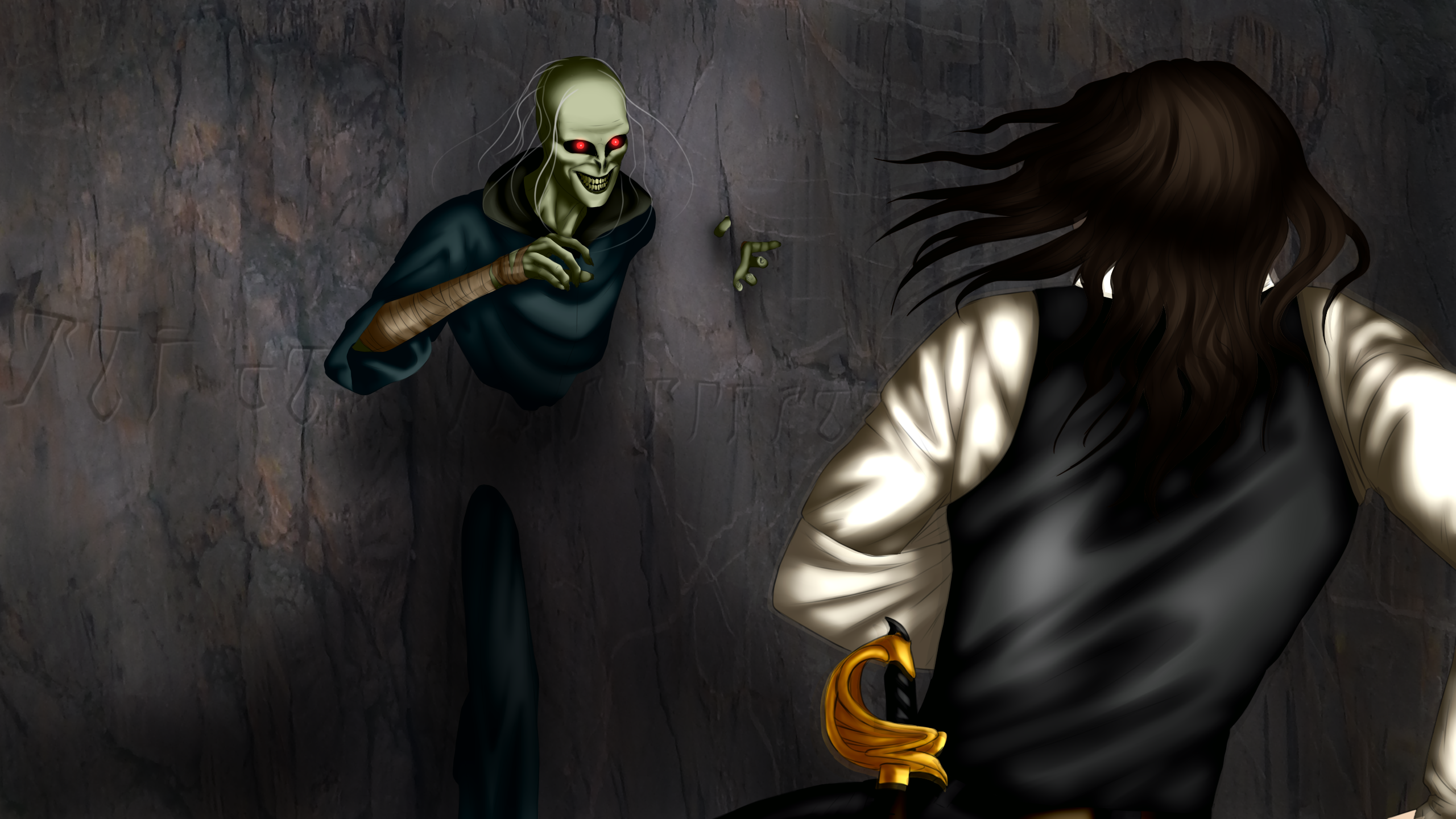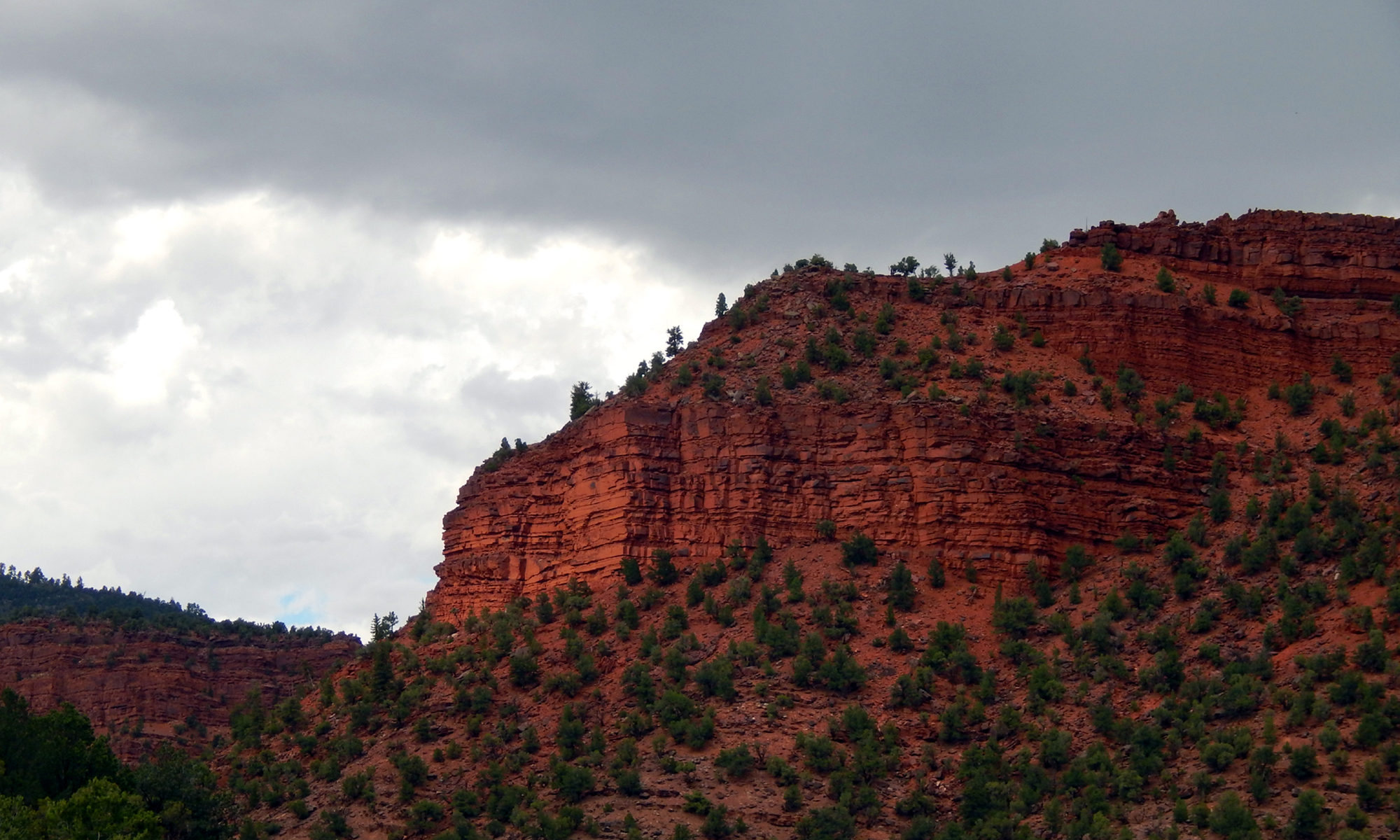
In the Five Realms, “magic,” is not a word that is feared, nor a concept that exists in only stories and myths. It is real, and it is potent.
In Omnia in particular, many styles of Magic are studied, explored, and understood in much the same way that science as a general concept is understood in most modern cultures on Earth. Those who study this manner of changing, understanding, and working with reality are called Mages, and those who have become the most influential, powerful, or well-versed in their area (of expertise or of residence) are called Archmages. One can technically be a Mage or an Archmage without having any magical ability at all, though most people are able to learn how to do rudimentary energy work, which anyone can learn regardless of talent. In much the same way that students in our modern cultures take to their own subjects, though, not everyone in Omnia, or any of the other Realms, are required or even expected to learn about complex concepts in relation to magic. Most know what it is, possibly a bit about how to use it in theory, but generally never get too far down the rabbit hole of one style or another.
Styles of Magic
- Art is a form of magic used specifically by Bards and Skalds to induce specific mental states in either the caster, or the audience. Art uses resonance and subtle illusions to create images in the air, in people’s minds, or in the caster’s mind, as well as to enhance the strength, speed, or other attributes of weapons. Songblades are the preferred weapons of the Skalds, while true Bards tend to stay back and lend a helping hand to their team in combat, if ever they are in combat. Most Bards who end up in situations like that also resort to a different style of either magic or melee, with some only using it to enhance their aim, or to distract.
- Skaldic Art is a style specific to Liserna, which uses chant, song, poetry, or other verbal cues to put the caster into a heightened state of awareness. Skalds are often called War-Bards or Battle-Poets, and they have much in common with Shamanic Berserkers in the way that their power affects them. It’s said that the Song of Winter was the first Songblade ever created, and it was indeed created in Liserna.
- Clerical Magic is the magic of predominantly Priests, though there are other practitioners that go by different names. Clerical Magic is the hardest to learn, because it requires not only a keen understanding of one’s own power, but also a devotion to the Gods, either as a group or to an individual, or to a Domain. It is the most widely varied type of magic, because there are so many different gods and domains. Clerical healers can call upon their Patron, Matron, or favored Domain to restore strength and mend wounds, whereas Warpriests can call upon the divine to grant them strength, endurance, or other feats of magic.
- Channeling is a power that allows Priests, and sometimes other devotees of certain beings, to let a spirit, deity, or other power come into their physical body and express themselves and their energy through it.
- Smiting is a type of spell that places a mark on the target, usually one that drains away at that target’s energy until they are either dead or unconscious. Normally Smites are only used by malicious Warpriests, but some Priests of, say, Dinmora, have been known to Smite those aligned with “darker” gods and energies.
- Druidry is a style that calls upon the elements and energy of the land surrounding the caster, in a way that allows them to share power, thoughts, and strength. This allows the caster to do things like hear mountains speaking to each other, trees gossiping, and brooks literally rambling. Most Druids have one element or energy that they call upon better than others, and they tend to focus in that one specific area. For example, a Druid of Beasts would be able to not only speak with animals, but understand them and their energy well enough to borrow that shape for a time, not unlike Shamans do. The difference is that Shamans work with dead spirits, and Druids work with the living.
- Groves and Glens – Druids organize themselves into factions, usually based in a common physical area, in order to gain a better understanding of the land and each other. While solitary Druids aren’t unheard of, they aren’t exactly common, either. Groves typically have one member, usually an elder, as the leader of the group, whereas Glens do not.
- Fae Magic includes any style of spellcraft that originated in Oberun, and as a general rule includes all things that manipulate the perceived or physical attributes of objects and individuals. Types of Fae Magic include Enchantment, Transfiguration, Charming, Hexing, Glamoury, and Illusion, all of which do the same thing, but focus on different targets. Enchantment works on objects, Transfiguration works on the body, Charming works on the emotions, Hexing on the mind, Glamoury on the senses, and Illusion on energy. Some scholars believe that Fae Magic came about as a way to hide and deal with the attack on Oberun by Tharenor and his forces.
- Necromancy is defined as a spell, work, or casting that deals directly with passage to and from the Wyrd, in any way that would change, delay, or restrict it. It is the only style of magic that is openly frowned upon in all five Realms, and outlawed in many.
- Blue Necromancy uses partial souls to animate, resurrect, or change the body.This was the first style of Necromancy ever used, and typically results in things like Zombies, Ghouls, and Skeletons.
- Green Necromancy brings entire souls back from the bring of the Wyrd, in order to restore function to a body. Subjects of Green Necromancy usually end up being immortal, though not indestructible, and comparisons are often made between it and Clerical Magic. Green Necromancy is responsible for Banshees, Vampires, and Litches, as well as Revenants, who have the most complete soul retrievals and can usually function as well as any normal member of their living race. However, thus far the only Revenants to have been created were done so by the Raven Queen.
- Red Necromancy is an ancient form of magic that has been banned, and the users hunted down, all across the Five Realms. It involves creating a bridge, or a Gate, into the Wyrd, rather than through it, and is rumored to be so powerful that an entire Realm was destroyed with it, and one of the First Gods split in half. Thus far, there have only been two known users of Red Necromancy in history, and one of them was the First Goddess Val-Serra.
- Runecasting is an ancient form of magic that is only recently making a re-appearance in the Realms. Nobody is really sure how it got wiped out in the first place, likely something having to do with Scourge, but it traces its origins back to Ancient Borreas in Omnia. Runecasters call upon symbols from the Wyrd, usually learned through dreams and a “call” to do so, in order to change physical reality. Runecasters often have a deep connection with the ebb and flow of life, and a slightly different connection to the world than most people, because they can take spirit-journeys into the Wyrd. However, this is not the same as Necromancy, because nothing outside of the journeyer is changed by their wanderings.
- The only known modern Runepriest has speculated that the Wyrd forms around the thoughts of the Traveler, and that it can never be fully understood, or even observed, by someone whose mind is wandering. He still isn’t sure where the Runes came from, or why they call to certain people. Neither is anyone else, for that matter.
- Shamanism is the use of full or partial souls — usually from animals — to augment, change, or disguise the caster’s form. To the untrained, this usually looks like Shapeshifting, which is a type of Fae magic wherein the wielder physically transforms, but they are very different. While the form the Shaman takes is usually quite believable, and even functions as one would imagine it would function, harming the disguise will not harm the Shaman. Another key aspect of Shamanism is the use of trance and meditation to explore the inner mind, and the mind of the animal one wishes to connect with.
- Berserkers, like those made famous in old Borean tales, are technically a type of Warrior-Shaman, using the aspects of their companion spirits to fly into a rage and augment their strength, speed, and reaction time, rather than take on that form. A wolf-berserk will not “turn into a wolf,” in the same way a wolf-shaman would. Going berserk also takes a massive strain on the body, in a way that normal Shamanic or even Skaldic practices do not.
- Sorcery is by far the most common form of magic, and the one that is easiest for most people to learn. Sorcery includes basic energy work like grounding, centering, and basic healing, as well as anything that draws purely on the caster’s own power, rather than an outside source. Masters of Sorcery have, with practice, expanded their own internal energy wells, and can draw upon the vast stores of power to do things like summon fireballs, create lightning, heal, and even form weapons out of seemingly thin air. While it is the easiest form to learn, it is the hardest to master, and while most magic users do have some background in rudimentary Sorcery, those who get beyond the basics learn quickly that it is tremendously difficult to control.
- Witchcraft is a practice that involves using magical implements (for example: wands, staves, candles, and incantations) to enhance natural ability. Witchcraft most likely came about as a way to help control Sorcery outside of one’s own willpower. Witchcraft also tends to specialize in more subtle magic like healing and quiet spellwork, rather than big, flashy shows of firepower. Many consider it to be something like the more refined cousin of Sorcery, given that they share so many similarities, though neither one is objectively better than the other. Practitioners of Witchcraft are usually called either Witches or, in some more formal settings, Warlocks. The word “Wizard,” is actually used to indicate any magic user that uses their talents specifically for practical purposes, rather than to indicate a male witch.
A Note on Scourgemarks:
Scourge is sometimes considered a form of Red Necromancy, though nobody is quite sure if it is or not. Some say that because it draws power directly from the Wyrd — which sometimes results in a particular type of Undead — it is most definitely Necromancy, others believe that because it doesn’t have anything to to with physical or spiritual travel, it isn’t. Either way, Scourgemarking is a powerful form of magic that has only been used in one realm — Omnia — and has since been declared a crime in all others.
A Note on Alchemy:
Alchemy is often called a form of pseudo-magic, that involves taking chemical, magical, or other reagents and combining them to produce specific effects. Some Alchemists also enchant their concoctions to give them an extra “boost,” but most don’t. The practice of Alchemy is relatively modern, and not much study has been done into the matter.
I hope you’ve enjoyed or learned something from this outline of the different magics of the Five Realms. If I confused you with anything, feel free to ask questions in the comments. See you next time!

